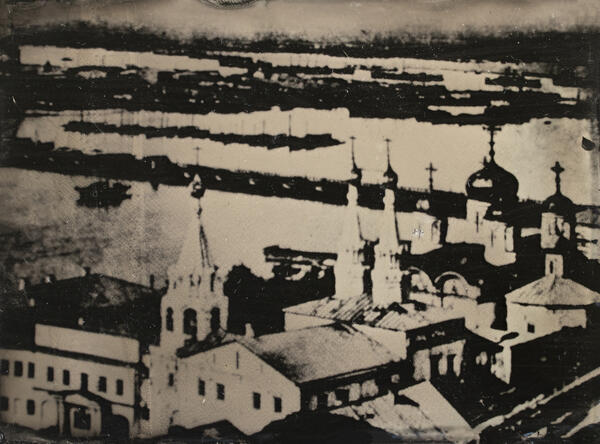The term negative comes from the Latin word negativus. It is an image with inverted luminance and a reversed depiction of a photographed object. Each negative image corresponds to a positive image with the correct position and distribution of light and shadows. Negatives are used to replicate positive images and, if necessary, enlarge them.
The idea to duplicate photographic images using negatives belongs to an Englishman William Henry Fox Talbot. In 1835, he created the first negative, which made it possible to obtain an unlimited number of photographic images. Prior to this, only one positive image could be produced during the photographic process.
In 1841, Talbot patented the negative-to-positive method of creating photographic images. For an image carrier, he used paper sensitized with silver nitrate and salt solution.
In 1847, the French inventor Abel Niépce de Saint-Victor, a cousin of inventor Joseph Nicéphore Niépce, replaced paper with glass photographic plates. The surface of a glass plate was rubbed with egg white mixed with iodide of potassium. After drying, the glass plate was sensitized with a solution of silver nitrate. Then it was exposed in the camera, developed, fixed and washed. The negatives obtained in this way perfectly conveyed even the finest details. However, this method had a drawback — the shooting process took a long time, from 6 to 18 minutes.
In 1851, the English photographer Scott Archer developed the wet collodion process. The time of shooting on wet-collodion plates was reduced to 30 seconds, and the resulting images were characterized by clarity and vividness of shades. This made the process very attractive to use. But it had its drawbacks: the whole photographic process had to be carried out before the coating of the glass plate dried up completely, because once it did, it became impermeable to other chemical solutions.
Following the wet collodion process, the dry one
was invented with a dry glass plate coated with a gelatin emulsion and a
photosensitive layer applied to it. During the photographic process, a latent
image was created, which was developed through a chemical process.



